Unexpected frosts can wreak havoc on your carefully tended garden, destroying months of hard work in a single chilly night. These sudden temperature drops can damage or kill tender plants, ruining crops and setting back your food production efforts. For homesteaders and preppers, protecting the garden isn’t just about preserving a hobby—it’s about safeguarding a vital food source. With climate change making weather patterns more unpredictable, being prepared for unseasonable frosts is more important than ever. Here are 15 tried-and-true methods that I’ve used to shield my plants from Jack Frost’s icy touch.
Cover Plants with Blankets or Sheets
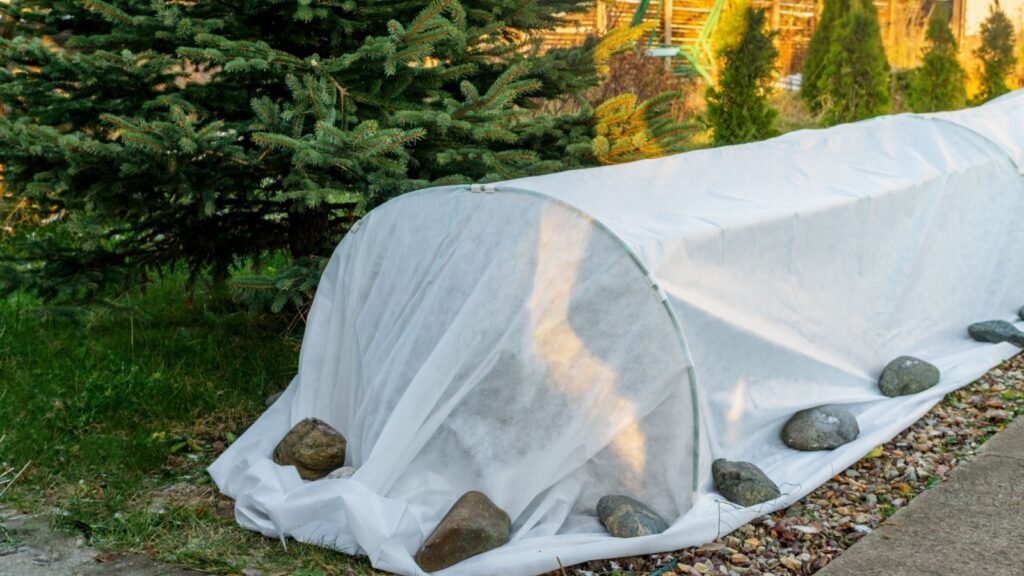
One of the quickest ways to protect plants from frost is to cover them with blankets or sheets. This method traps the earth’s warmth around the plants, creating a microclimate. Use light materials for smaller plants and heavier fabrics for larger ones. Remember to remove the coverings during the day to allow sunlight and air circulation.
Create Mini Greenhouses with Plastic Bottles

Cut the bottom off plastic bottles and place them over individual plants. These makeshift cloches act as mini greenhouses, protecting plants from frost while allowing sunlight through. For best results, use clear 2-liter bottles and remove the caps for ventilation. This method works particularly well for young or small plants.
Use Cold Frames
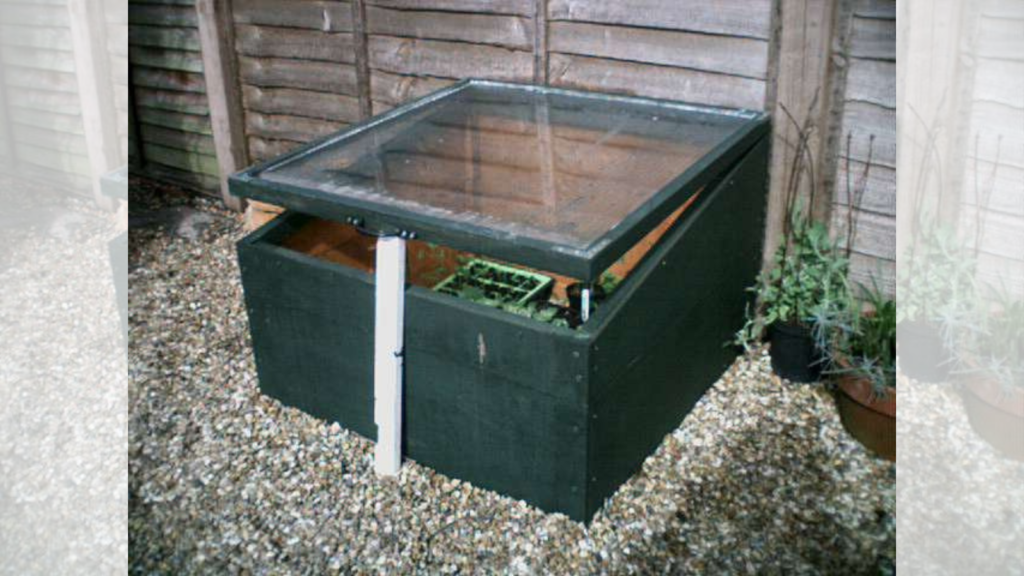
Cold frames are like miniature greenhouses that sit directly on the ground. They’re typically made with a wooden frame and a clear top that can be opened for ventilation. A well-built cold frame can maintain temperatures 7-10 degrees Fahrenheit warmer than the outside air. Place them over your most vulnerable plants when frost threatens.
Water Plants Before Frost

It might seem counterintuitive, but watering plants before a frost can actually help protect them. Moist soil retains heat better than dry soil, and the water gives off warmth as it evaporates. Water your plants thoroughly in the afternoon before an expected frost. Focus on the soil around the plants, not the foliage.
Use Mulch
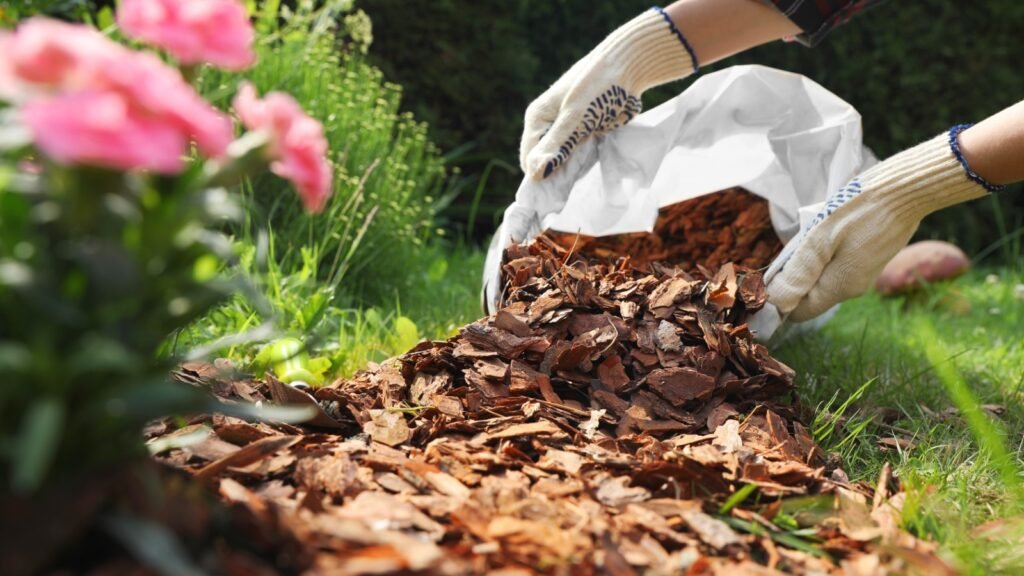
A thick layer of mulch acts as insulation for plant roots. Apply a 2-3 inch layer of organic mulch like straw, wood chips, or leaves around your plants. For extra protection, mound the mulch up around the base of plants. This method is particularly effective for perennials and root crops.
Install Hoop Houses
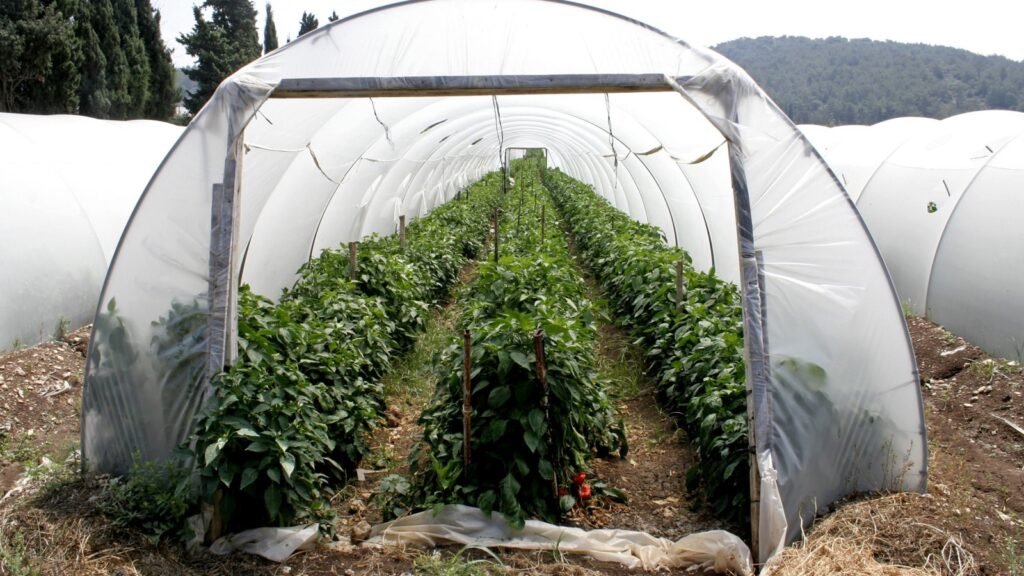
Hoop houses are lightweight, portable structures that can be quickly set up over garden rows. They’re typically made with PVC pipes bent into half-circles and covered with clear plastic. A well-constructed hoop house can raise internal temperatures by 10-30 degrees Fahrenheit. They’re especially useful for protecting larger areas of your garden.
Employ Heat Lamps

For smaller gardens or particularly valuable plants, heat lamps can provide targeted warmth. Use incandescent bulbs or specially designed horticultural heat lamps. Position them about 10 inches above plants and be sure to use heavy-duty, outdoor-rated extension cords. This method requires electricity, so have a backup power source ready.
Create Wind Breaks

Cold winds can significantly increase frost damage. Set up temporary wind breaks using materials like burlap, wooden stakes, and zip ties. Position them on the side of your garden that typically receives the most wind. This can reduce wind chill and help maintain warmer temperatures around your plants.
Use Row Covers
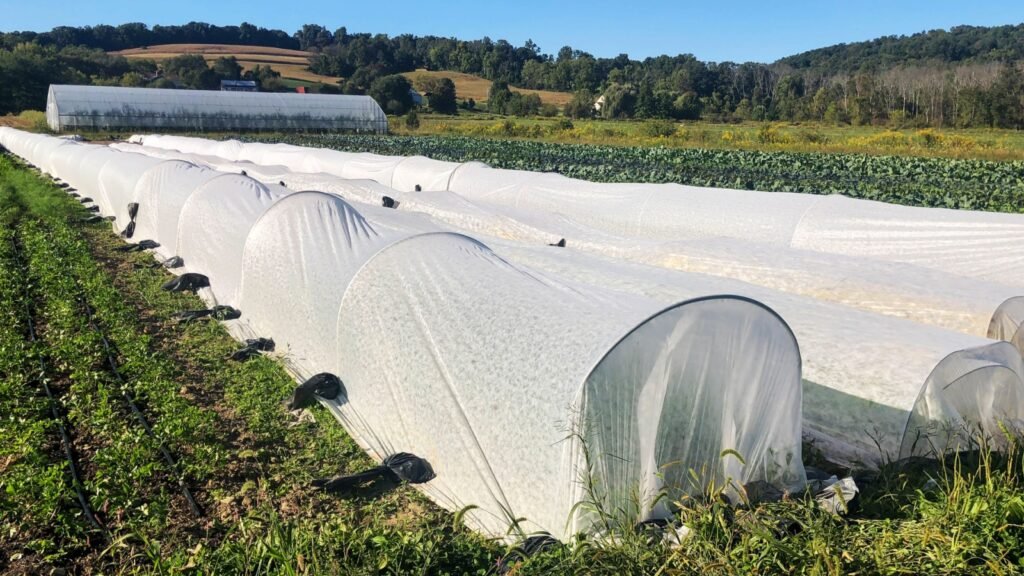
Row covers are lightweight, breathable fabrics that can be laid directly over plants or supported by hoops. They come in various weights, with heavier fabrics providing more frost protection. A medium-weight row cover can protect plants down to about 28°F (-2°C). These covers also allow light and water to penetrate, so they can be left on for extended periods.
Cluster Container Plants

If you have plants in containers, group them together in a sheltered spot. This creates a microclimate where the plants can benefit from each other’s warmth. Place the most cold-sensitive plants in the center of the group. You can also wrap the sides of the containers with bubble wrap for extra insulation.
Spray Plants with Anti-Transpirants
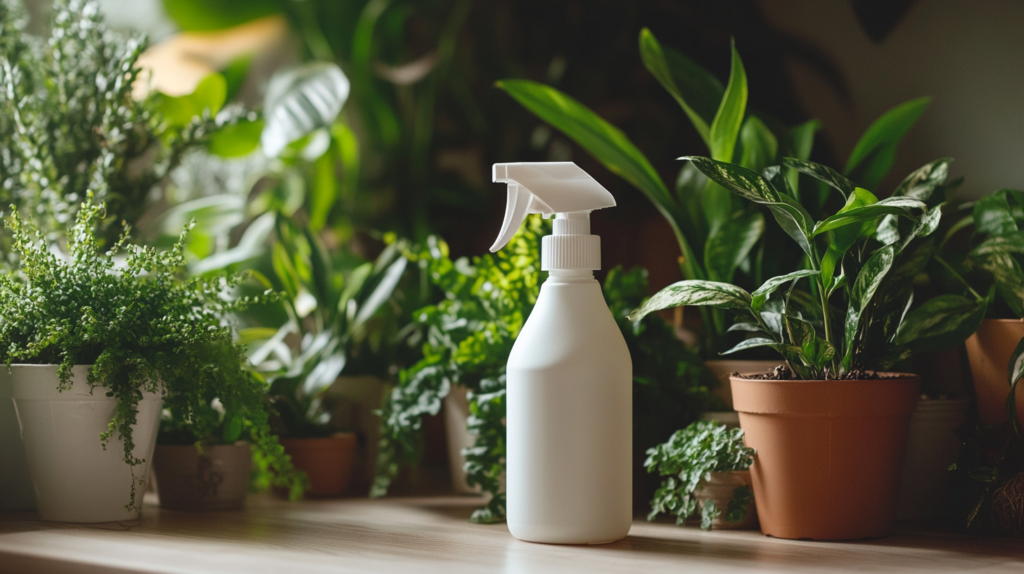
Anti-transpirant sprays form a protective coating on plant leaves, reducing water loss and providing some frost protection. Products like Wilt-Pruf can increase a plant’s cold hardiness by 2-3 degrees Fahrenheit. Apply these sprays at least 24 hours before an expected frost for best results.
Use Thermal Banking

Thermal banking involves placing objects that absorb heat during the day near your plants. Large rocks, bricks, or water-filled containers can absorb solar heat and release it slowly overnight. Place these heat-absorbing materials on the south side of plants for maximum effectiveness. This method works well in combination with coverings.
Create a Cloche with Garden Pots
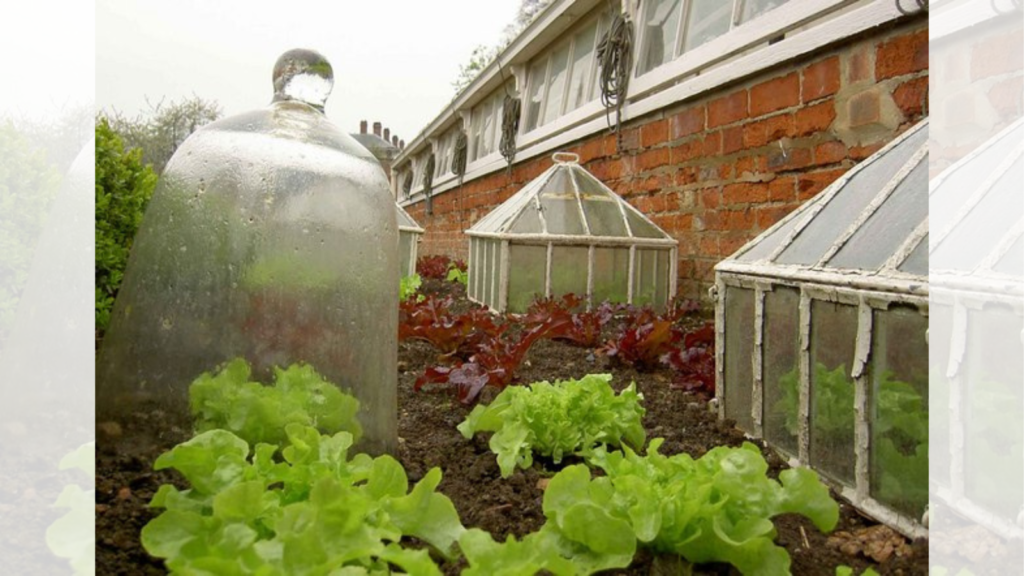
For individual plants, you can create instant cloches using large garden pots or buckets. Simply place them over plants in the evening and remove them in the morning. For added insulation, stuff the pots with straw or bubble wrap. This method is particularly useful for protecting newly transplanted seedlings.
Harvest Frost-Sensitive Crops

Sometimes, the best protection is to harvest frost-sensitive crops before the cold hits. Tomatoes, peppers, and squash can be picked when mature green and will continue to ripen indoors. Store them in a cool, dark place and check regularly for ripeness. This ensures you don’t lose your entire crop to an unexpected frost.
Monitor Weather Closely
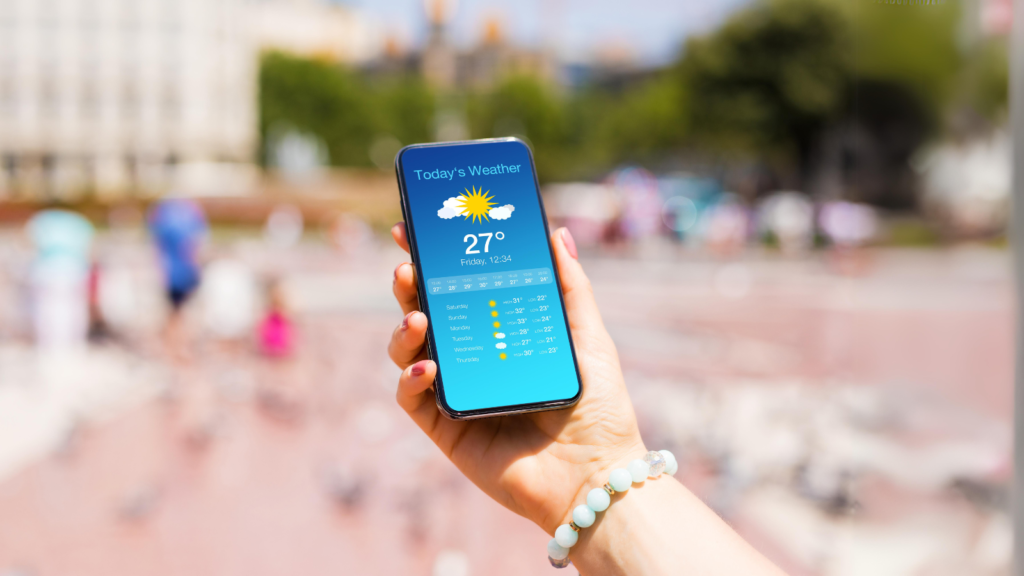
Stay ahead of unexpected frosts by closely monitoring weather forecasts. Use reliable sources like the National Weather Service and local agricultural extension offices. Many areas offer frost warning systems you can subscribe to. Pay special attention to dew point temperatures—when air temperatures approach the dew point, frost is likely to form.

